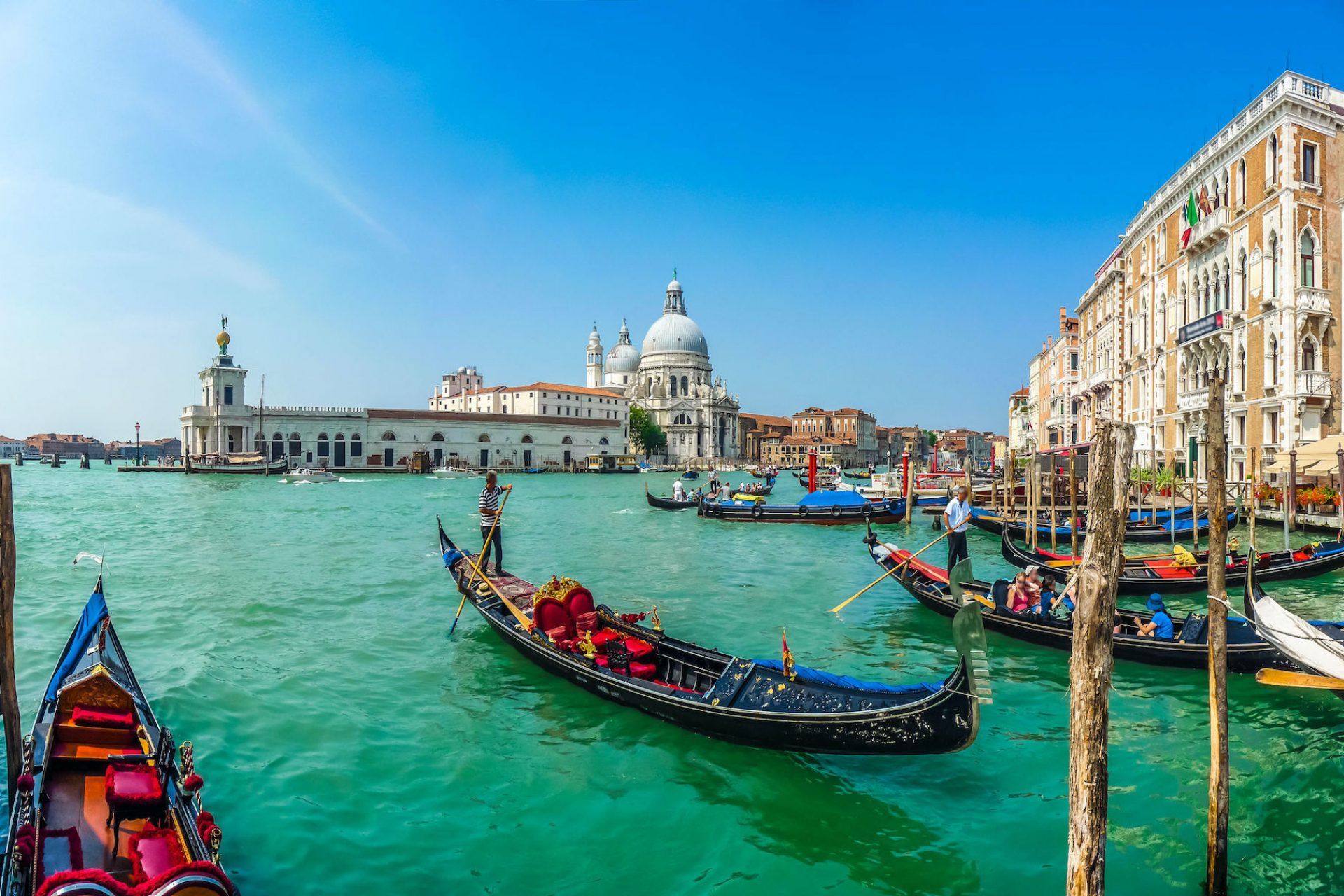Giant Panda Breeding Research Base
No tourist leaves Chengdu without visiting the Giant Panda Breeding Research Base, with its 50 Giant and Red pandas. May is the end of the “falling in love period”, so in September we would have seen the very young ones. Nevertheless, they are not a pretty sight right after they are born.
It has all been said before, but we cannot help it. These woolly creatures are just sooooo cute and lovable! They are the pride of every zoo and there is reason for this, besides the fact that they are so rare and close to extinction. The way they munch away on bamboo leaves and stems is hilarious, lying on their back or propped up like a Roman patrician enjoying a feast. Their movements when stuffing themselves with their favourite foods are so human, made possible by the fake thumb bestowed upon them.
After we watched some adult pandas enjoying breakfast, we thought that such adorable behavior cannot be topped. However, then we came to the area where the young pandas are kept, those 8 months to 18 months old. Their playful acting was simply too much! They would roll over each other, try to climb trees and then fall off, get stuck between branches and perform swinging exercises that only a baby panda could think of. It was almost impossible to walk away!
The adjacent museum provides interesting displays and an informative video on panda habits and reproduction. The most surprising piece of information for us was regarding female pandas giving birth for the first time. Apparently they get so confused by the tiny hairless thing popping out of them that they whack the newly born with their paws. According to the video, this is why in the wilderness the first born never survives, only after this experience do female pandas become caring and loving mothers. In captivity, the new borns are taken away from the mother immediately and bottle fed.
Jinjiang Theater
Jinjiang Theater is Chengdu’s cultural pride, with Chinese opera performances aimed at the many Chinese tourists who visit this city. For the few foreigners, there is a digital display that tries to translate what is being sung or said. It was a great evening with a little bit of everything, luckily!
The Chinese opera singers and soloists playing traditional Chinese instruments were top artists, but nevertheless our ears only slowly adjusted to this kind of music. It is quite incomprehensible that somebody can sing in such a high-pitched voice. So we were somewhat glad, as surely as the rest of the audience, that in between the music sessions there were other types of artistic performances, like hand shadowing, sketches and acrobatic acts of every kind. The most fascinating was one where the artists all wore masks that changed in colour, shape and design in a split second.
Emei Shan – The holy mountain
Emai Shan is one of China’s four famous Buddhist mountains and thus the destination for zillions of Chinese tourists and pilgrims. Not that we could distinguish who was making their way up or down Emai Shan for what purpose, but what was so overwhelming was the sheer number of people on a normal weekday in the low season.
There are many ways to conquer the summit at 3,099 meters… You can take the bus and cable both ways. This can be done in high-heels, which some ladies actually did. One thing that we could not get over was the way many Chinese tourists had themselves carried up the mountain by porters. Only a very few western tourists take the time and effort to climb up and down, which can be done in two long days. Of course, there are many options in between, like taking the bus only half way up and then joining a trek.
Our plan was taking the bus / cable car all the way up to Golden Summit and hike down. Unfortunately, the top was completely engulfed in such a fog that we could not even see the Golden Elephant even when we were standing right next to it… Same for the temple! The people around us were moving behind a thick haze, which created quite a special ambience, but not what we had come here for.
Luckily, we had done a four hour walk on the lower parts of the mountain on the previous day, right after our arrival, and so had got a good taste of what this destination is all about. The path we took ran through lush vegetation, often along a creek and mainly consisted of a trail leading through the “monkey reserve” where about twenty people with sticks would watch that the cheeky monkeys, accustomed to human contact and food, stayed away from the people.
Leshan – The biggest Buddha
Who would not like to see the tallest Buddha in the world sculptured into a cliff overlooking the river? Although it must have been a quiet day, the crowd control devices were in place and the stairs down to the Buddha’s feet were jam-packed with Chinese tourists. So we simply looked for an exit sign in this milling crowd and decided that we would have to continue on with our lives without standing next to the Buddha’s 8.5 meter long toes…
Luckily, the day before we had hopped on a boat that takes you across the river and stops in front of the Giant Buddha for about ten minutes. This way, you get a good view from the river and have time to take photos. Of course, there were no westerners on the boat and the commentary was all “Chinese to us”. The riverfront in Leshan is a lot of fun in the evening, where people stroll along the boardwalk, swim in the river, or join the aerobic classes on the streets.
More pictures of South & Southwest China: http://grandescapades.net/china-a-selection-of-54-pictures



